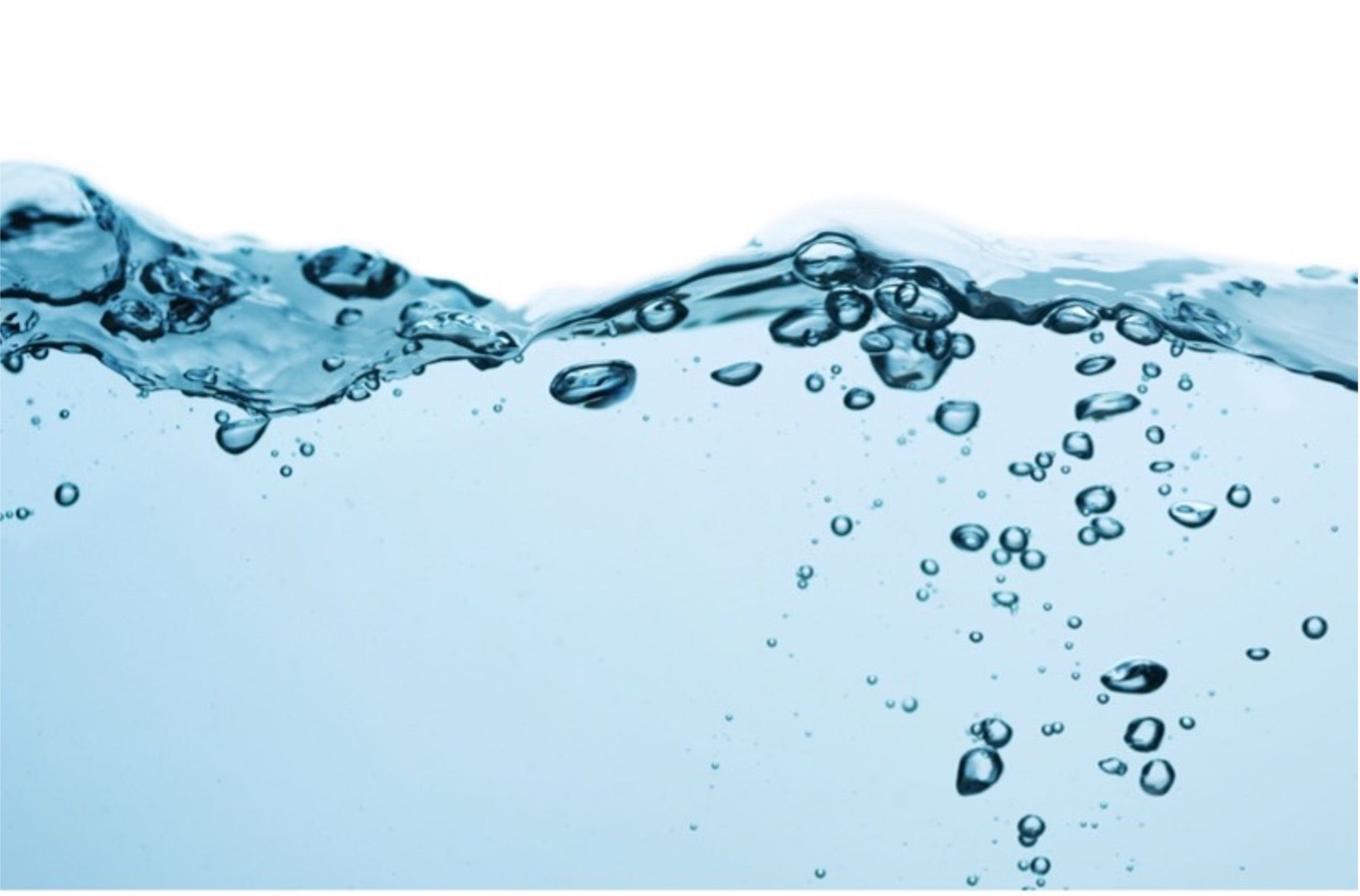One question we at Planted Seeds Sea Moss get a lot is why we use purified water instead of spring water in our sea moss gel formula. We’ve given a lot of thought to creating a sustainable, alkaline product in its purest form, with no additives or unnecessary ingredients.
Let’s first review the differences between purified water and spring water. They are both types of drinking water, but they are processed differently. Purified water goes through a process of filtration and disinfection, which removes impurities such as bacteria, algae, and dissolved minerals. Spring water, on the other hand, should be collected from natural springs and may not go through any additional treatment. But unless you’re going to the spring and collecting the water yourself, there’s no true way of knowing where your spring water comes from, and that’s not a risk we’re willing to take for our products. Here’s a famous case of a false claim.
We purify our water ourselves using reverse osmosis. We then add calcium to bring up the water’s pH to 7.3, which is above neutral and mildly alkaline. Read more about pH. We know our purified water is free from impurities and contaminants, and we know how we got it there, making it the safe and reliable choice to add to our pure sea moss.
Minimizing our carbon footprint
Planted seeds is dedicated to reducing our carbon footprint. The carbon footprint of spring water varies and can depend on the location of the spring, the method of water collection and transportation, the packaging used, and the management of the spring itself.
Management: The carbon footprint of spring water can be affected by the way the spring is managed. If the spring is over-pumped or not sustainably managed, it can lead to reduced water flow and potentially damage the environment.
Packaging: Many spring water brands use plastic bottles, which are not biodegradable and can have a significant carbon footprint. This is due to the energy used in the production and transportation of plastic bottles, as well as their disposal in landfills.
Transportation: One issue with spring water is the transportation of the water from the spring to the point of sale. This can involve long distances, which can increase the carbon footprint of the water. Additionally, if the spring is located in a remote area, the process of collecting and transporting the water can be more energy-intensive.
Depletion of natural resources
Spring water should be collected from a specific location, and if the spring is over-pumped or not sustainably managed, it can lead to reduced water flow and potentially damage the environment. Over-pumping and commercialization can cause the depletion of natural resources from local sources. This can lead to reduced water flow, negative impacts on the local ecosystem, and can harm the communities that depend on the spring.
Over-pumping: Over-pumping a spring can lead to a decline in the water level and potentially cause the spring to dry up. This can have a negative impact on the local ecosystem, as well as on the communities that depend on the spring for their drinking water and irrigation. As the demand for spring water increases, more springs may be tapped for commercial use, leading to the depletion of natural resources in the area.
Commercialization: Some spring water is bottled and transported over long distances, which can result in water being taken from a local source and transported to a different region, leading to depletion of local resources. This can be a problem for communities and municipalities that rely on the spring for their drinking water, as well as for the local ecosystem.
Planted Seeds Sea Moss is true to Our Promise
Spring water is sometimes used to make sea moss gel since it’s a natural source of minerals. But we are sticklers for knowing what’s in our ingredients. With 92 trace minerals that our body requires, Planted Seeds sea moss is a nutrient-dense superfood that stands strong on its own.
Our Promise:
At Planted Seeds, our mission is to provide high-quality sea moss products while committing to sustainable and environmentally-friendly practices. We strive to support local communities by sourcing our ingredients from responsible and ethical producers. We are dedicated to making a positive impact on the planet through our commitment to reducing our carbon footprint and promoting environmental conservation.
Have questions or want more info, visit our FAQ page for more about Planted Seeds Sea Moss.

